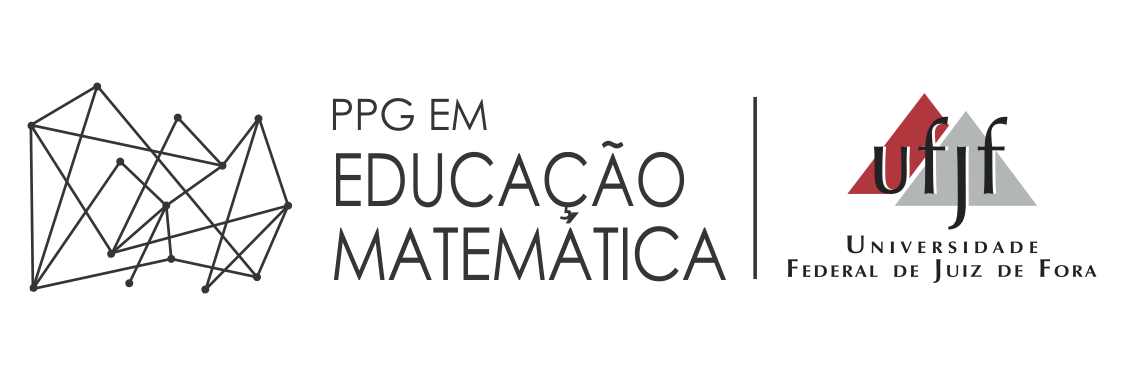Development of the communicative process in teaching and learning geometry through interactive mathematics software
DOI:
https://doi.org/10.34019/2594-4673.2019.v3.27816Palavras-chave:
Space Thought, Communicative Process, Communicative Skills, Dynamic Geometry Software, Didactic SequenceResumo
This qualitative approach research project, aims to strengthen the communication process in teaching and learning of mathematics, through resolution of geometric problems in an interactive mathematics software environment in 4th and 5th grade students of the escuela rural La Chacara, in the municipality of Santa Bárbara (Santander). Who excels at communicating, can also interpret and express situations in regard of mathematical contexts in a determined and specific language. These communicative abilities in the solution of a mathematical problem are cognitively related actions that imply verbal activity such as listening and speaking, summarizing, justifying, explaining, arguing, defining, dialoguing, commenting and discussing .This research intends to propose a didactic unit that promotes the development of the skills of the mathematical communication process: to justify, to argue, to identify and to interpret through the software of dynamic geometry. Also, to design a methodological strategy that allows to analyze the results of the incidence of software of dynamic geometry in the strengthening of the process of mathematical communication. As an intervention strategy, a didactic unit was designed and implemented in three sequences related to the study of three geometric figures: the square, the rectangle and the rhombus. The activities of the sequences were organized taking into account the learning phases of the Van Hiele model investigating in each one the skills of the communication process mentioned above. Pedagogical mediation through the use of digital technology, such as GeoGebra software, favored the teaching of geometry and improved the classroom environment and the learning environment. Finally, the students took a final test in order to verify the development of representation skills and, according to their results, a notable process in such skills and in the acquisition and interpretation of the main concepts regarding quadrilaterals properties became evident.
Downloads
Metrics
Referências
BALACHEFF, Nicolás. Preuve et demonstration en mathematique au college. En Recherches en Didactique des mathematiques. v.3, n.3, p.261-304, 1982.
DUVAL, Raymond. Argumentar, demostrar, explicar ¿continuidad o ruptura cognitiva? Mexico: grupo editorial iberoamericana, 1999.p. 149-151.
FAUSTINO, Arnaldo. DEL POZO, Emilia. ARROCHA, Olaysi.Fundamentos epistemológicos que intervienen en el desarrollo de la comunicación matemática, Editado para la Fundación Universitaria Andaluza Inca Garcilaso para Eumed, net. Disponible en:<http://www.eumed.Net/librosgratis/2013/1279/Index.htm>.2013.
HERRERA,Diego. Evaluación de la competencia argumentativa en matemáticas. Universidad Nacional de Colombia. Medellín.2012.p. 22-29.ICFES. 2012
NIÑO, Víctor.Competencias en la comunicación. Hacia las prácticas del discurso.Bogotá. Colombia: Eco ediciones, 2005.
PLUVINAJE, Bertrand. Título del artículo.Revista Educación y Pedagogía. v.23, n.59,p. 85-102, ene./abr., 2011.



























